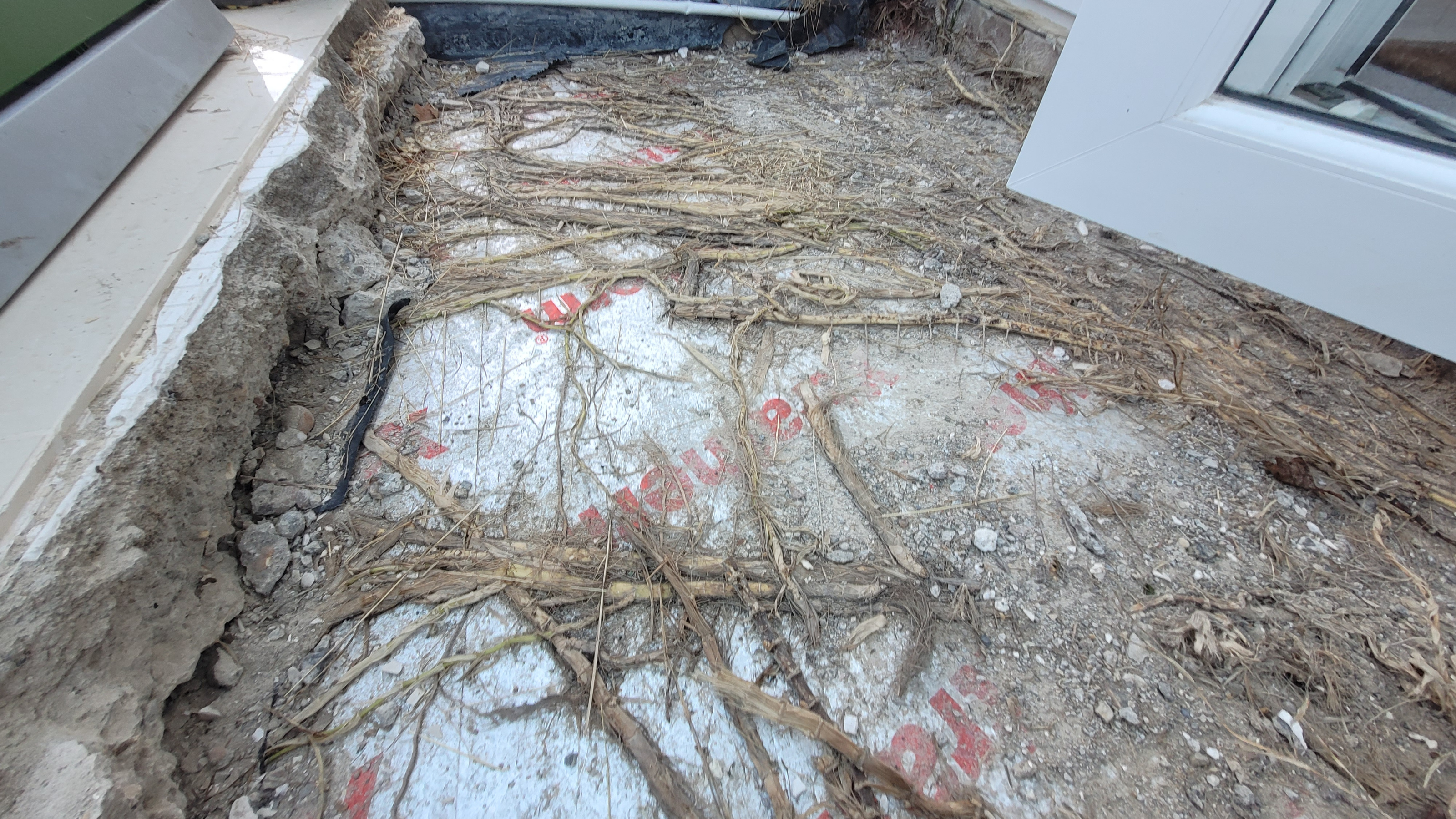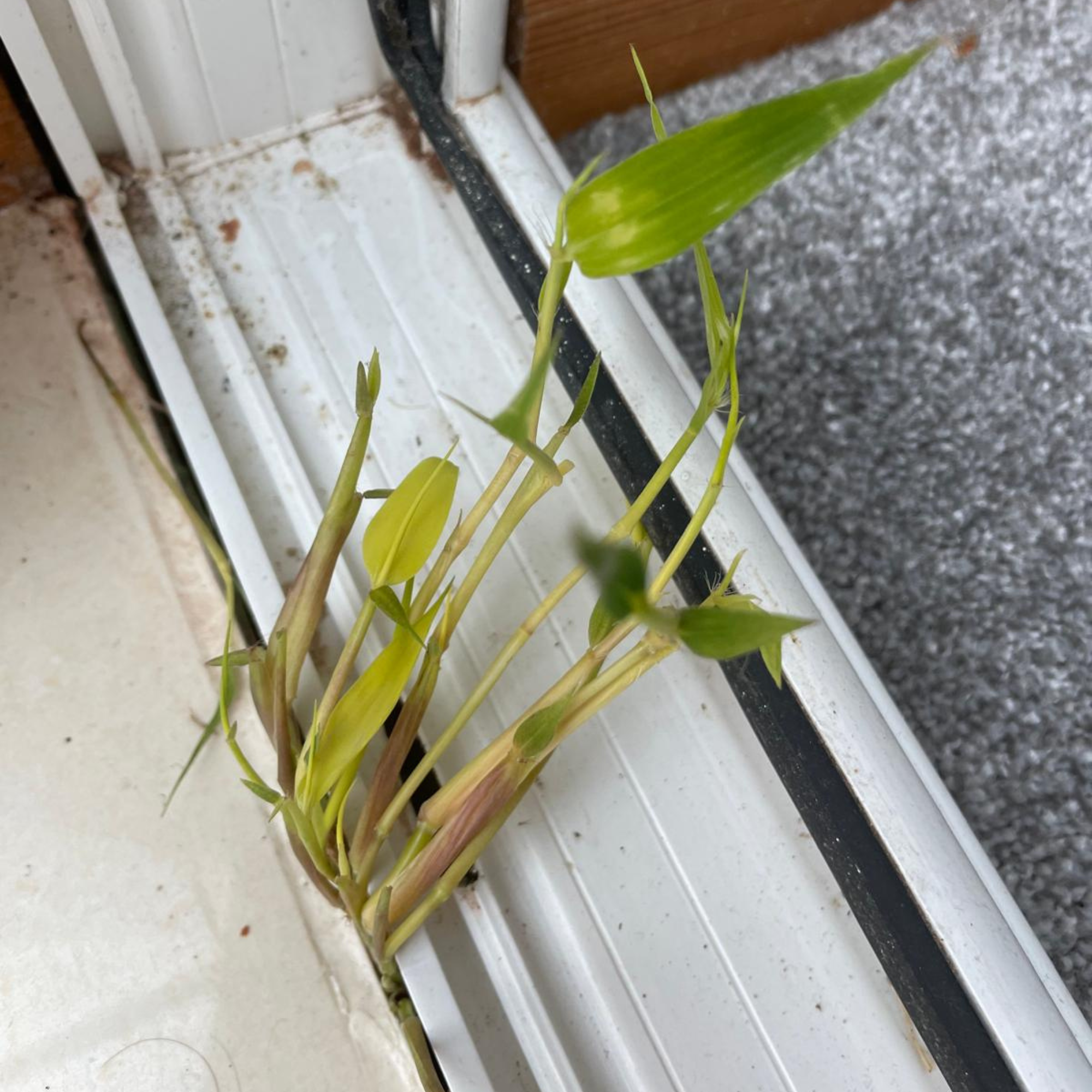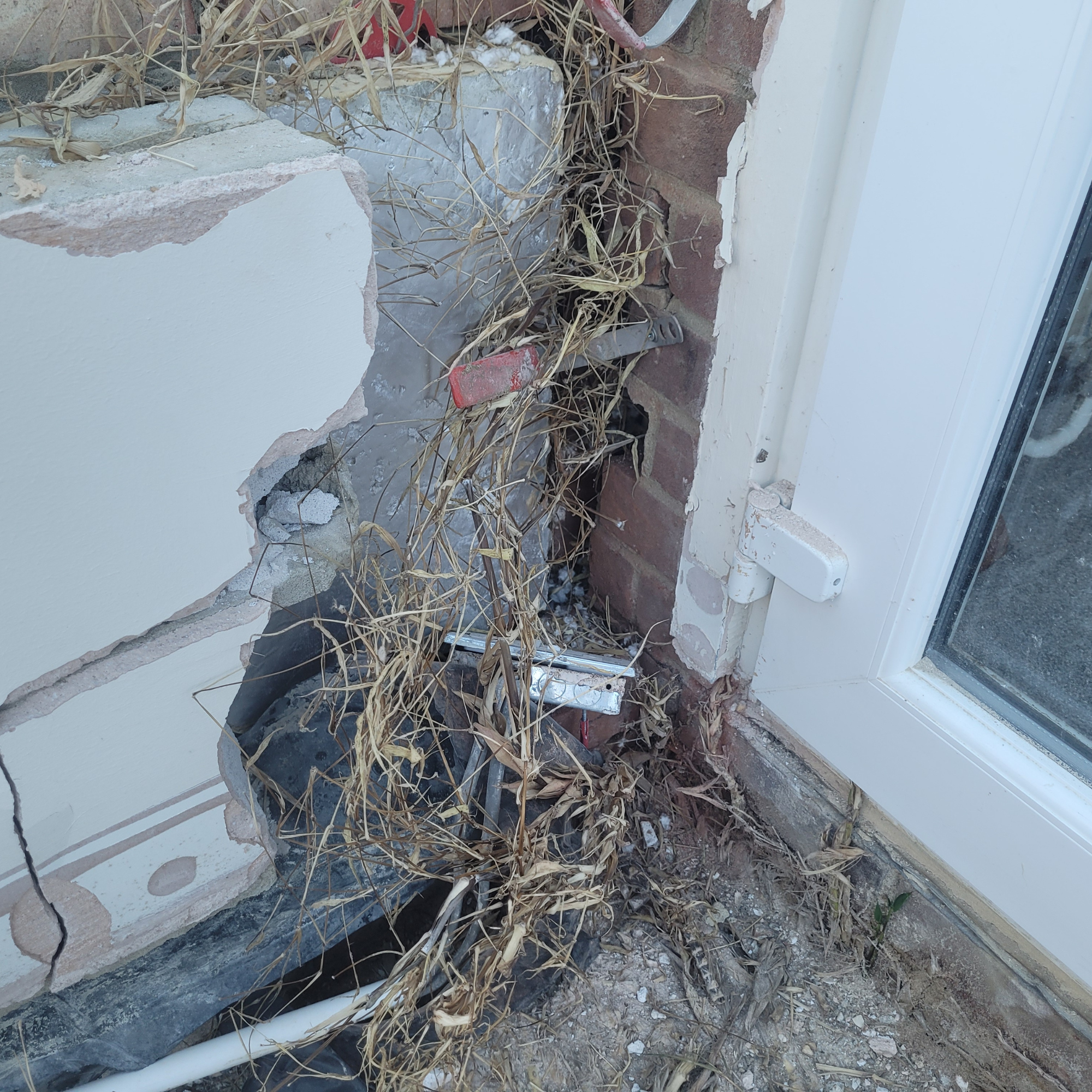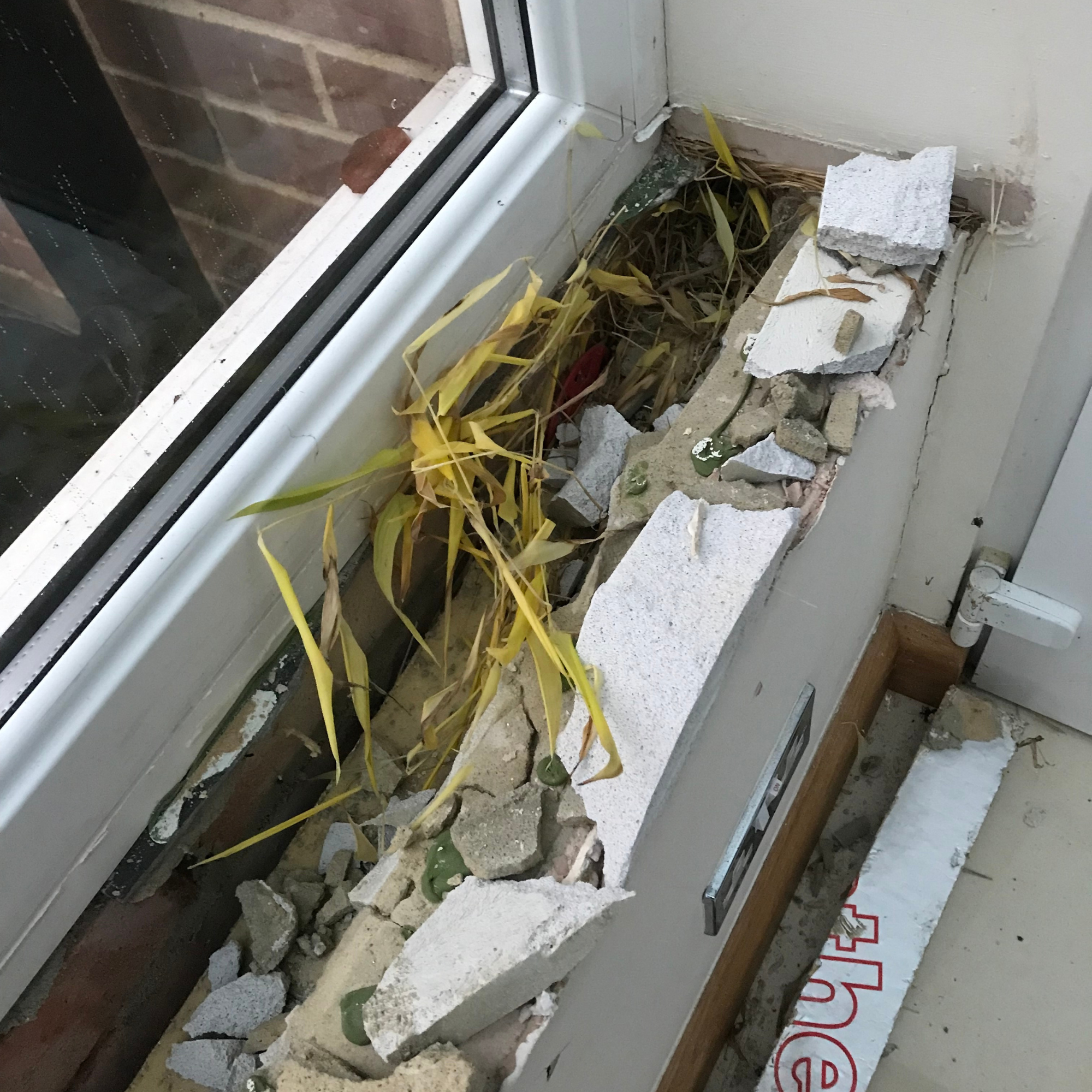Garden experts issue urgent warning after bamboo from a neighbouring garden destroyed a Brighton couple's conservatory
The Brighton couple were left devastated after their neighbour's bamboo destroyed their conservatory


Garden experts are warning that bamboo could be the new Japanese knotweed after a couple’s conservatory was destroyed by the invasive plant, which had spread through its walls.
Invasive bamboo can sprout through floorboards and even walls, meaning it can easily become a big problem if gone unnoticed. When thinking of invasive plant species in the UK, your first thought is likely to go to the dreaded Japanese Knotweed, which is illegal to plant in the UK. However, experts at invasive plant specialists Envrionet have warned that bamboo ‘damage to property is far greater’ than Japanese knotweed.
While bamboo has boomed in popularity over the past 20 years, the realities of bamboo are different to the stunning zen gardens we know and love. As one couple from Brighton (who have been asked not to be named) found out, invasive bamboo can have devastating consequences.

Invasive bamboo resulted in the couple's entire conservatory being demolished after the plant began to emerge from the walls and floors.
The couple had been living in the detached Brighton property for a year when they noticed bamboo leaves sprouting from the conservatory wall. Although unsure what it was at first, they quickly realised it was next door’s bamboo after digging up the path between properties and discovering a mass of bamboo rhizome.
Further investigation revealed an extensive network of mature bamboo rhizome beneath the concrete base of the conservatory, growing inside the cavity walls and extending into the brickwork of the house.

‘There was a large stand of bamboo growing next door when we bought the property, but we didn’t think anything of it, and nothing came up on the survey. When we first saw the green leaves emerging inside our conservatory, we thought it was some kind of grass, but then pretty quickly we realised it was bamboo,’ they said.
Sign up to our newsletter for style inspiration, real homes, project and garden advice and shopping know-how
‘We hoped that if we dug up the rhizome underneath the path between our properties, that would solve the problem, but it quickly became apparent that it was much more serious. When the conservatory floor was taken up and we saw the mass of bamboo underneath, we couldn’t believe it.’
The conservatory is now being demolished – a cost which is being borne by the neighbour’s building insurer under a liability damage claim.
Is bamboo the new Japanese knotweed?
Running bamboo varieties can spread rapidly, with their roots often travelling over 10 metres. What’s more, the plant is also strong enough to pierce tarmac, paths, walls and exploit gaps and cavities in buildings, too. According to Environet, some varieties of bamboo can be as strong as steel.

‘Although bamboo is not currently considered as an invasive species in the same way as knotweed, it can affect the buying and selling of properties depending on how much of a problem it is,’ explains Graham Smith MCIHort, a gardening expert from LBS Horticulture.
‘You can be held liable if you have planted bamboo that spreads to a neighbour's property, as you have a responsibility to stop plants on your own property from harming neighbouring homes. If the bamboo spreads or causes damage, your neighbour can take legal action against you for the cost of removal and damages.

Knowing how to stop bamboo spreading is vital to protect both your own property and your neighbours. Graham explains that there are two varieties of bamboo - running and clumping, with clumping often a safer choice.
‘The new shoots of clumping bamboo appear closer to the root ball of the plant, and they spread much slower than running bamboo,’ he says.
You should avoid planting running bamboo at all costs, but as clumping bamboo is not generally considered to be invasive, this is a safer bet. Graham says it is best to grow bamboo in a container, stating smaller varieties 'thrive’ in pots.
‘If bamboo is present on a property you want to buy, or on the boundary, it’s a good idea to get a bamboo survey so you understand any risk you’re taking on and ensure there’s no chance of a legal claim against you as soon as you move in,’ says Emily Grant, director of Environet.
Invasive bamboo can have devastating consequences to your home, and while not considered an invasive species by law, it can still have similar effects.

Kezia Reynolds joined the Ideal Home team as News Writer in September 2024. After graduating from City, University of London in 2022 with a bachelor’s degree in journalism, Kezia kicked off her career spending two years working on women’s weekly magazines. She is always on the lookout for the latest home news, finding you the best deals and trends - so you don’t miss a thing!
You must confirm your public display name before commenting
Please logout and then login again, you will then be prompted to enter your display name.